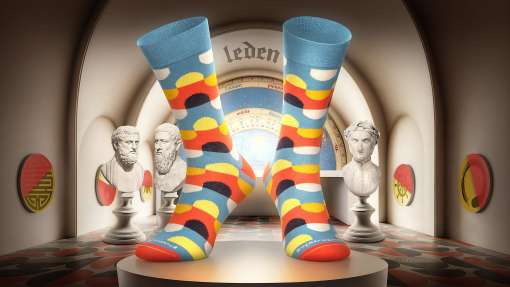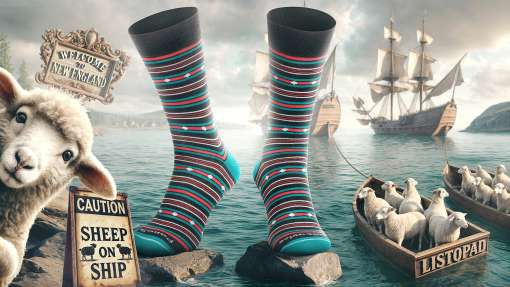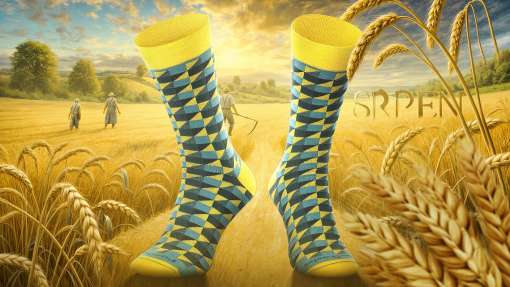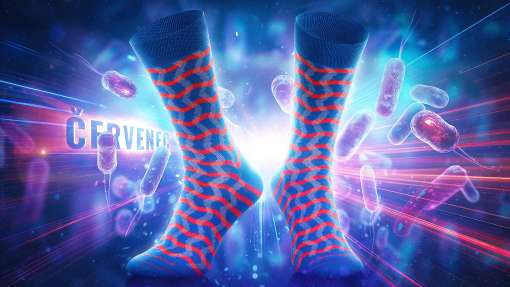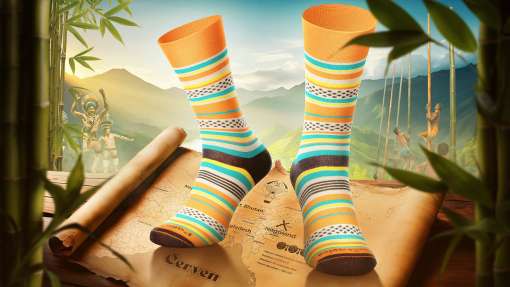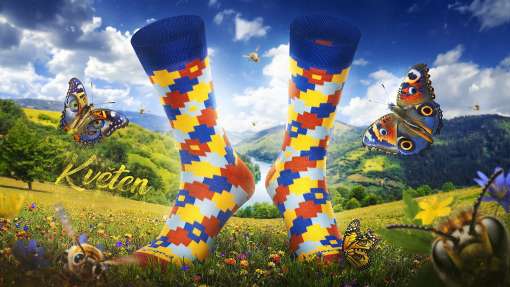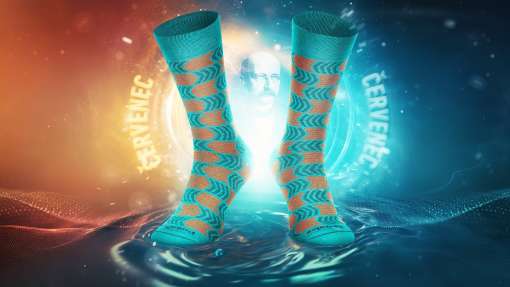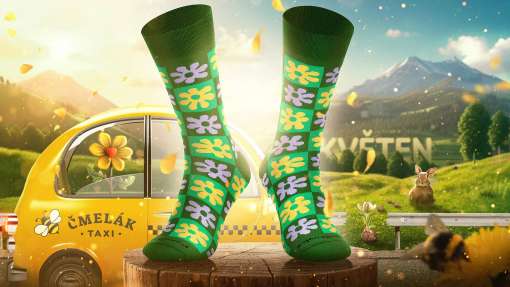February '23

The Story
The fact that humans spend a lot of time grubbing around in the soil in order to retrieve vital resources is not all that inspiring. Allow me to propose a juicier earth-related topic instead: Humans are most willing to rummage through mud for the sake of colours.
You surely deduced that I am alluding to gemstones and their shiny allure. And perhaps your mind immediately pivoted towards the most valuable kind, diamonds. Those vulgarly colourless diamonds. Take the iconic Koh-i-Noor. It is embedded in the British royal crown and its value is notoriously difficult to gauge. Luckily, the second most valuable gemstone in the world is both colourless and has a determinable price tag.
The so-called Cullinan was a South-African macho weighing half a kilogram and boasting an incredible three thousand carats, which resulted in this chunk of rock being cut up into one-hundred-and-five smaller gems. The wildest appraisals set the value of these stones around 75,000 GBP per carat. If they could, these colourless trinkets would still pale in comparison to blue diamonds, whose value approaches 3.7 million GBP. Bearing in mind that one carat is about one-fifth of a gram, i.e., roughly the value of four water droplets, we should be impressed by this attractive price-to-weight ratio.
By comparison, one carat of the colourfully unattractive yet still highly drilled-after crude oil is nowhere near one penny. Same for coal. On the other hand, emeralds, opal and tanzanite, all united by a mesmerising bluish-green, offer a much more accessible monetary density. I do not think this is a mere coincidence. On the contrary, I am a firm advocate of the theory that while humans plough the earth for many reasons, the most important aim is to acquire bright colours. My firmness in this belief ranks high on the hardness scale.
Material
A total of eighty-five percent of the material we used consists of cotton yarn in four colours, flanked by five percentof polyamide, which increases tensile strength. The main structure of the sock contains five percent Lycra and five percent polypropylene. The latter ingredient ensures high tensile strength, while the former contributes greater elasticity and antibacterial protection.
May your socks allow you to tread brightly,
Your Supreme Sock Council
Edition: Men's socks
All socks from Ponožkovice are designed and manufactured in the Czech Republic.
Follow us on facebook a instagram
Did you learn what you need?
If you like our variegated world, we will be more than happy to welcome you to our Sock Club.
Or you can, of course, obtain a gift membership.




